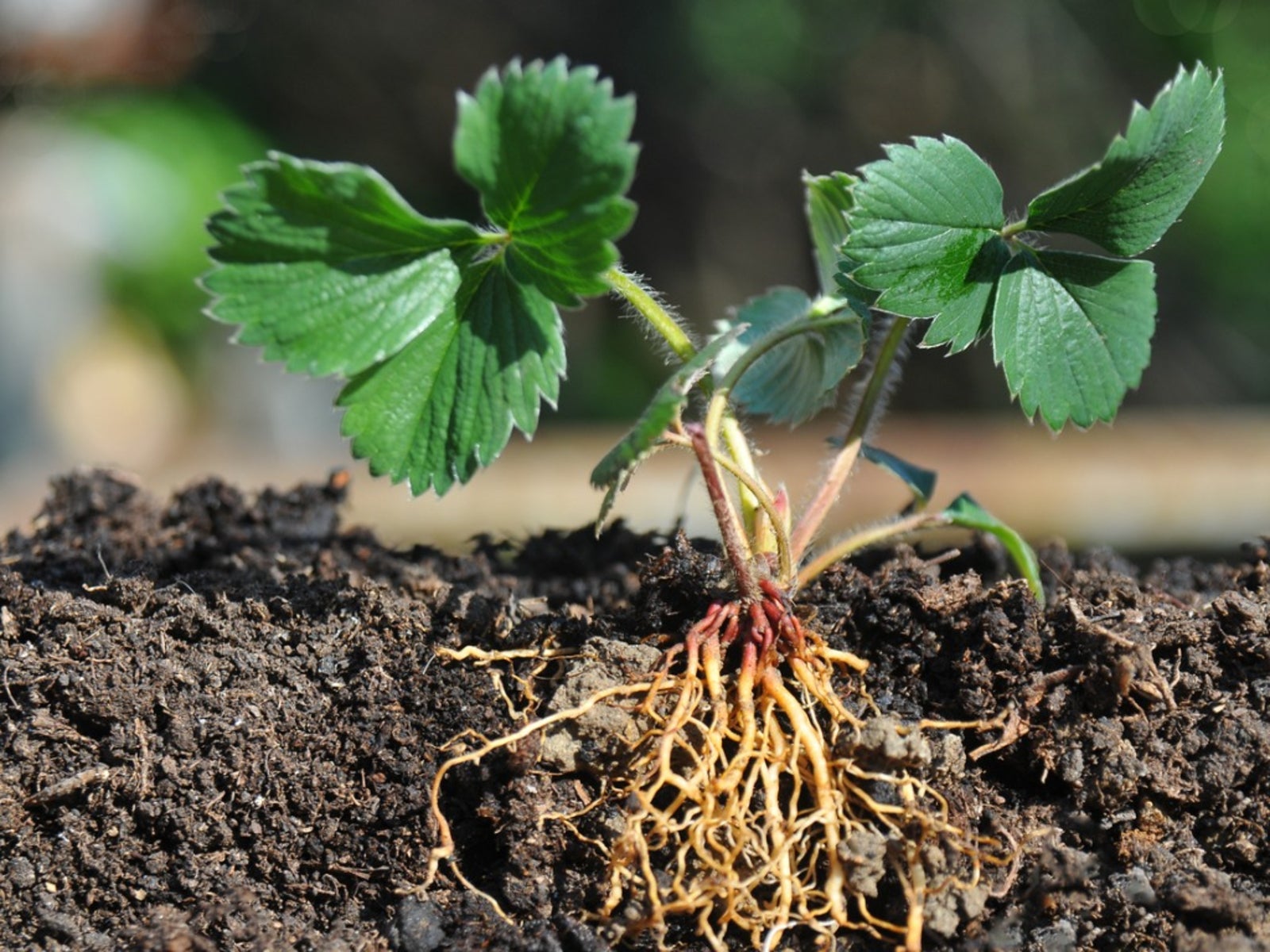
If plants in the strawberry patch are looking stunted and you live in an area with cool, moist soil conditions, you may be looking at strawberries with red stele. What’s red stele disease? Red stele root rot is a serious fungal disease that can cause death in strawberry plants. Learning to recognize the symptoms of red stele is an important step in managing red stele disease in strawberries.
What is Red Stele Disease?
Red stele root rot afflicts strawberry plants in the northern regions of the United States. It is caused by the fungus Phytophthora fragariae. The disease afflicts not only strawberries, but loganberries and potentilla as well, although to a lesser extent. As mentioned, the disease is most common when conditions are cool and wet. During such periods, the fungus begins to move through the soil, infesting the root system of the strawberries. Just a few days after infection, the roots begin to rot.
Red Stele Symptoms
Strawberries infected with red stele initially have no visible symptoms since the fungus is doing its dirty work under the soil. As the infection progresses and the roots become increasingly rotted, above ground symptoms begin to appear. Plants will become stunted and young leaves turn a blue/green while older leaves become red, yellow, or orange in color. As the number of roots becomes infected, the plant’s size, yield, and berry size all decrease. Red stele disease does not usually appear in a new planting until the following spring during the first bearing year. Symptoms appear from full bloom to harvest and damage increases exponentially year after year.
Managing Red Stele Disease
Red stele disease is most prevalent in heavy clay soils that are saturated with water combined with cool temperatures. Once the fungus has established in the soil, it may remain alive for up to 13 years or even longer even when crop rotation has been implemented. So how then can red stele be managed? Be sure to use only disease-free certified resistant cultivars. These include the following June bearers:
- Allstar
- Delite
- Earliglow
- Guardian
- Lester
- Midway
- Redchief
- Scott
- Sparkel
- Sunrise
- Surecrop
Everbearing varieties are also predominantly resistant to red stele. That said, however, resistant varieties are only resistant to common strains of the disease and can still become infected if they come into contact with other strains of the pathogen. The local nursery or extension office should be able to direct you to the most resistant cultivars for your area. Situate the berries in a well-draining area that does not tend to get saturated. Keep any tools used to tend the strawberries clean and sterile to avoid passing the infection. If the plants are suffering from an extreme infection, soil fumigation with soil sterilants and/or pesticide application may help. This is a last resort and a risky one, since a fumigated field may become re-infected through contaminated equipment or plants.
Sign up for the Gardening Know How newsletter today and receive a free copy of our e-book "How to Grow Delicious Tomatoes".

Amy Grant has been gardening for 30 years and writing for 15. A professional chef and caterer, Amy's area of expertise is culinary gardening.
